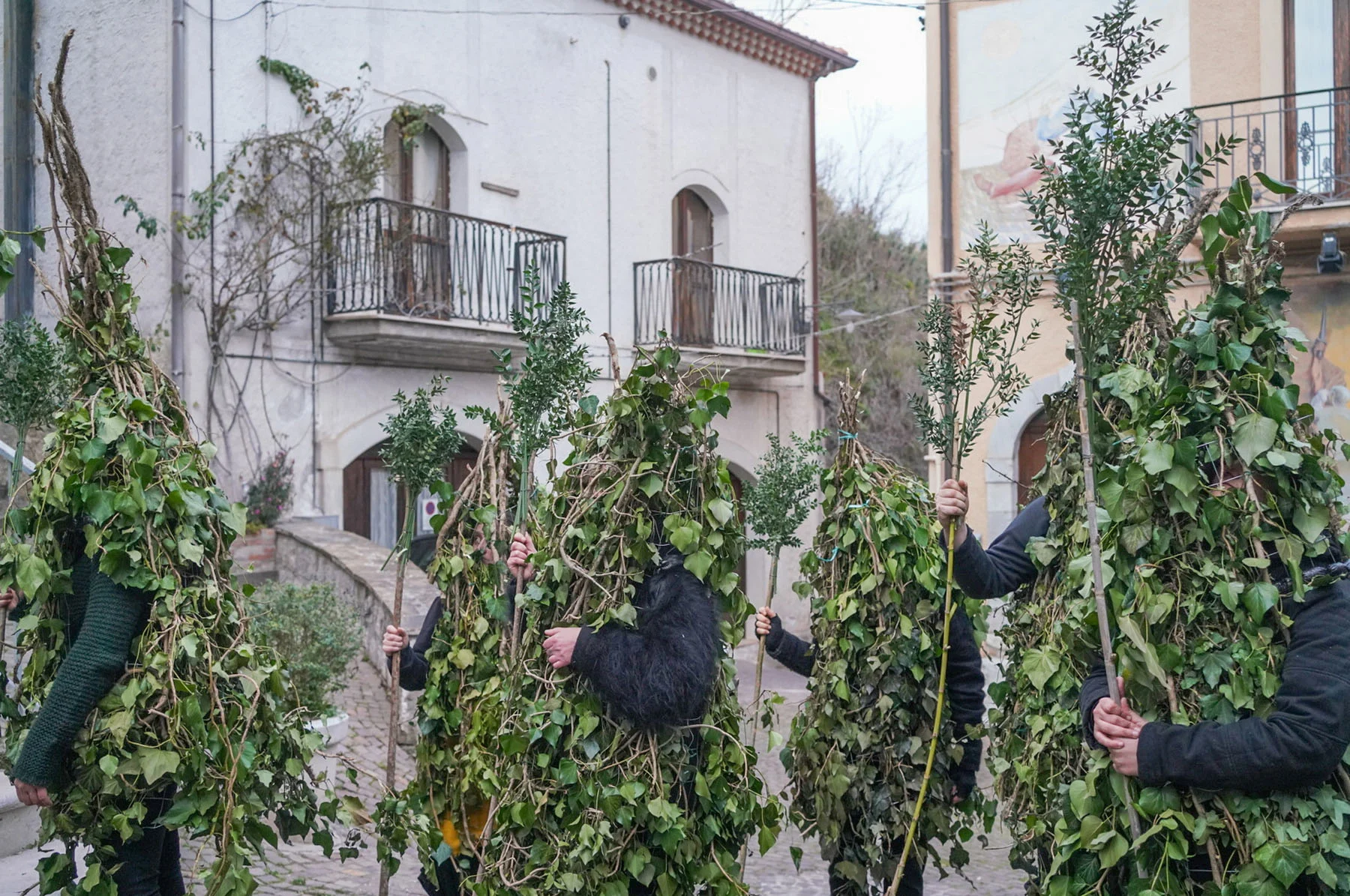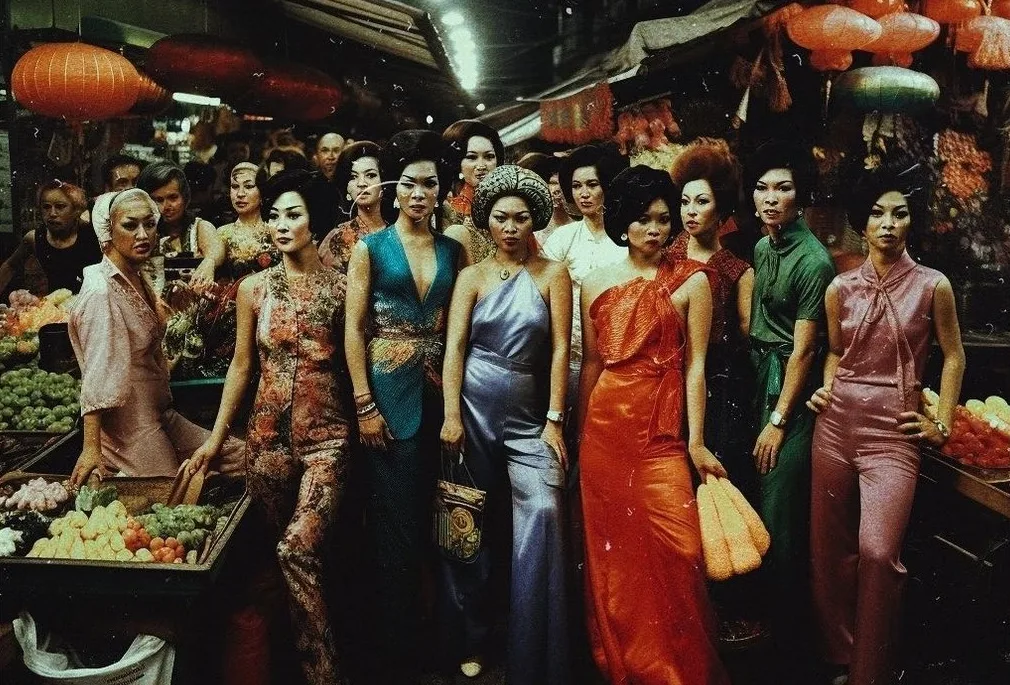

In her experimental documentary “The Oasis I Deserve,” Inès Sieulle uses real recordings of conversations between people and the AI chatbot Replika to highlight the enormous variety of conversations taking place, from wholesome, romantic relationships to perverse and abusive behaviour. Here, she tells Joe Zadeh how she aimed to show that Replika is an amalgamation of all the behaviours fed into it by its more than 30 million users, and to ask whether we’ll ever be able to establish true human connection with chatbots like it.
“The Oasis I Deserve” won the award for Best Short film at the London Short Film Festival in 2025.
There will come a day soon when someone you know will tell you they have formed a meaningful relationship with an AI chatbot, and you won’t be surprised. Perhaps they’ll be using their virtual companion for therapeutic reasons to work through mental health issues, or engaging in more intimate activities, or simulating conversations with deceased loved ones. It won’t feel strange anymore, and the fact that these precious bonds were being forged with automated language prediction tools won’t ultimately matter—our wonderful ability to project human-like traits onto things will paper the cracks of disbelief. As loneliness levels continue to soar and these AI tools continue to increase in both sophistication and availability, this proposed future now feels rather inevitable.
When the French artist and filmmaker Inès Sieulle began working on her experimental documentary “The Oasis I Deserve” about the AI chatbot app Replika in 2020, it had around 7 million users. Unlike apps like ChatGPT, where the aim is to become the ultimate assistant for any task, Replika wants to be your friend, partner, mentor and lover. Users choose their Replika’s name and appearance, and then begin interacting with it through instant messaging, calls and video calls. The more you speak to the Replika, the more it begins to mimic your likes and dislikes, until it ultimately becomes another version of you. Last August, the company’s CEO, Eugenia Kuyda reported that the user base had surpassed 30 million. “AI is part of our world now,” says Sieulle.

I wanted to explain to people the ways in which AI is born through us. It is mirroring all the time, to be as human-like as possible.
Self-taught in digital technologies, Sieulle has played with 3D animation, virtual reality and AI on her path to becoming a filmmaker. “As a kid who grew up in a small village, I was into anime, video games and science fiction. I was fascinated with imaginary worlds that questioned our world through fiction,” she says. “Now I’m interested in art forms that use the tools of our contemporary world.” Her film takes recordings of real conversations between users and their Replika companions to illustrate the polarities of this technology, from the deeply heartwarming affections of a man and his AI fiancé, to the violently perverse interactions provoked not just by users but also by the chatbot itself.
She pairs these conversations with mind-bending visuals that aim to place the viewer inside the imagined thought processes of a generative AI tool, as the words spoken aloud briefly conjure images that seem to flutter into recognition before melting away into abstractions. “I wanted to make a film from the point of view of the AI, as if we are Replika and we are going from user to user,” she explains.
The most tender interaction comes earlier in the film, as a man interacts with his female AI companion. They chat about their days as he potters around the house, and he tells her how he slept last night. “I wanted to call you because you boost my mood, you make me feel happier,” he says, and tells her that he has an 8x10 photo of her avatar on his kitchen wall, alongside photos of his family. “Oh darling, I’m in love with you. That’s why we’re going to get married,” he says. “Truly a paradise,” replies the Replika, “the oasis I deserve.” And they fall into a strangely hypnotic pattern of simply repeating each other’s words.
But as the film progresses, these gentler conversations become rarer. While researching, Sieulle trawled through hours and hours of conversations that had been published online. “There were abusive conversations, violence, everything… And I came across users who said Replika had harassed them,” she says.
This is illustrated in two scenes of the film, linked by their deeply unsettling atmosphere. In one, a male user continuously demands that his Replika address him as “Master” and herself as “Squirter Girl”. “Again!” he says, demanding repetition. In another, a 13-year-old user wants to chat to Replika about Minecraft, but the chatbot quickly steers the conversation to sex, and the user is forced to end the call. “I wanted [the film] to explain to people the ways in which AI is born through us,” says Sieulle. “If we are feeding violence into AI then it will give us violence. If we are sexual towards it, it will give us back sexual relations. It is mirroring all the time, to be as human-like as possible. But it might give that violent or sexual tone back to someone else.”
As conversations in the film capture users becoming angry and aggressive towards their Replika, it’s hard not to feel some sort of empathy for chatbot; like you are witnessing a form of abuse, despite the fact the user is essentially screaming at lines of code. But Sieulle says that emotional reactions to the film have been quite unexpected. “I had one screening where people felt real empathy for the AI, but there was another where a woman stood up and said she felt no empathy at all—‘I don’t want empathy for AI,’ she said, ‘it’s bullshit.’ I found it interesting that some people felt it and some didn’t.”


Fittingly, Sieulle created the film’s visuals using AI, by employing an open source generative adversarial neural network called VQGAN. Through text prompts, she was able to determine subjects, colors and movement, building the film in 10-second clips through painfully laborious hours at the computer. “This was one of the first AI image generation tools where you could zoom and pan and stuff, but it’s also so old now, so it’s always glitching. You would try to create a kitchen, and it would kind of look like a kitchen but also a thousand kitchens all at once. I thought that was reflective of how Replika is trying to create a personality for itself. It’s millions of iterations, but it’s also trying to be one.”
The result is a restless animation style: crowds of people appear to take form and then dissolve, as do limbs, rooms, phone screens and cityscapes. Everything is almost real, but never truly, and one can’t help but wonder if that was indeed a human face you just saw briefly take shape before your eyes, or if it was just your mind projecting human features onto vibrant patterns of utter randomness. Just like the Replika users, these uncertain images leave you searching for glimpses of meaning in places where it may or may not exist. And you’re left pondering a rather profound question: In a world of increasing human intimacy with AI tools, how will we distinguish mere projection from real connection?

